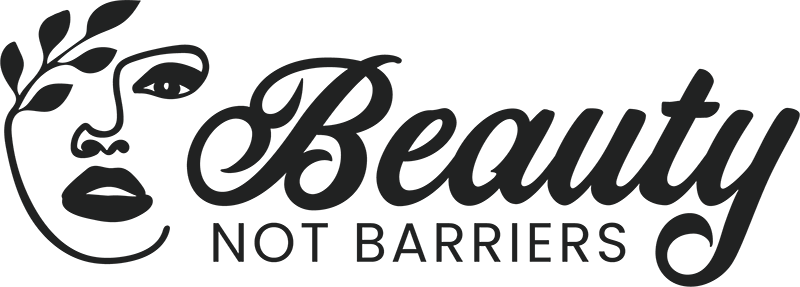Blow-dry stylists
It doesn’t make sense that Texas forces blow-dry stylists to spend 1,000 hours in a full-service cosmetology program to work, when they don’t cut or use chemicals.
The Texas legislature will soon consider allowing blow-dry styling (no chemicals or cutting) without the 1,000-hour license. Some states already allow this. This would create a lot of opportunity in the blow-dry space. Blow-dry salon owners and managers, stylists, and aspiring beauty pros – would this help you?
HELP US INCREASE OPPORTUNITIES FOR BLOW-DRY STYLISTS IN TEXAS.
We are the Institute for Justice, a nonprofit working to create opportunities in the beauty industry. Do you support getting rid of the requirement that blow-dry stylists first get 1,000 hours of expensive, full-service training before they can work? Please fill out the below form and we will contact you!
AVERAGE OF
Aspiring beauty professionals spend, on average, $16,000 to attend state-required cosmetology school. And after spending all this money, many still have to get additional training because their school didn’t teach them what they needed to learn.
average of
Students often go into a lot of student loan debt to afford school. But programs rarely graduate students on time, delaying—or even blocking—aspiring beauty professionals’ entry into the workforce, and increasing their debt burden.
IN TEXAS
Texas requires 1,000 hours of cosmetology school – even if an artist only wants to blow-dry style hair, or if a salon owner wants to hire someone to provide these limited services.
It’s not fair that beauty professionals face steeper and more costly licensing requirements than many other fields.
Education
Chefs prepare food that is ingested by customers and aren’t required to get a license or go to school. They take a short, simple sanitation course, and the restaurant is subject to inspections. It’s up to the chef whether they want to go to culinary school.
Time
In Texas, EMTs – who administer life-saving aid – have to get 150 hours of training to get a license to work. Compare that to 1,000 hours to style hair.
Regulations
Personal trainers aren’t required to have a license. Tattooing is arguably riskier and more invasive than what cosmetologists do, but some states let artists work after only a few hours of training in bloodborne pathogens and communicable diseases.
Unlike hair stylists, those in other industries are allowed to start learning and earning on the job from day one. For example, chefs don’t need to get a license. They can choose to go to culinary school if they want, and the restaurants they work in are inspected to ensure health and safety are being maintained.
Why don’t hair artists get the same freedom to style their own careers?
Beauty, Not Barriers is an initiative of the nonprofit institute for justice, dedicated to uplifting the beauty industry by breaking down barriers that force far too many beauty artists into debt, out of work, or unable to hire.
Beauty professionals deserve flexibility and options, like so many other occupations enjoy—not a one-size-fits-all approach that demands 1,000 hours of expensive, traditional training, regardless of one’s interests, goals, or background.
Beauty professionals deserve more options and flexibility.
Not everyone wants to use chemicals or engage in all the cosmetology skills: some beauty professionals only want to provide narrow services, and some employers want to hire beauty professionals who will provide limited services. Why should they be forced to first pay for 1,000 hours to get a full-service license?
learn More
The Institute for Justice is a non-profit organization that works alongside beauty professionals and other workers nationwide to change laws that make it hard to earn a living. So often, state laws require way too much to work in an occupation—like expensive training that can teach things that are not necessary.


